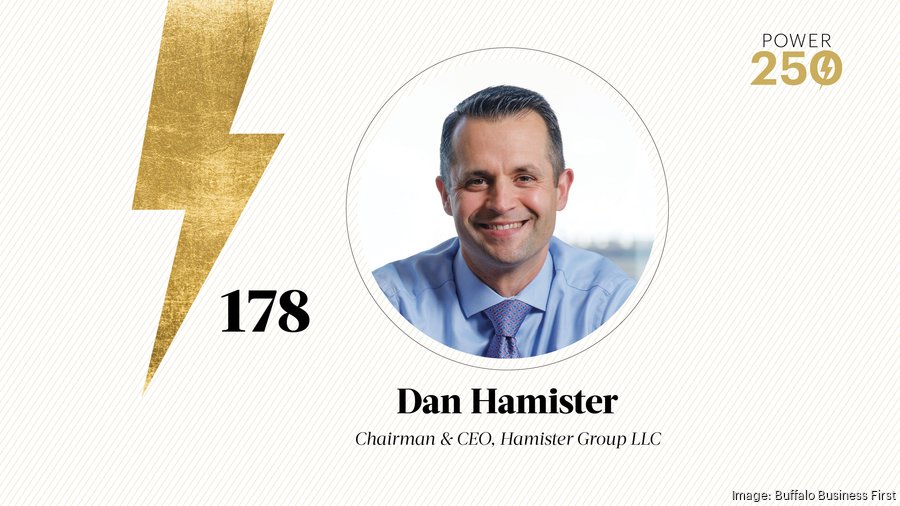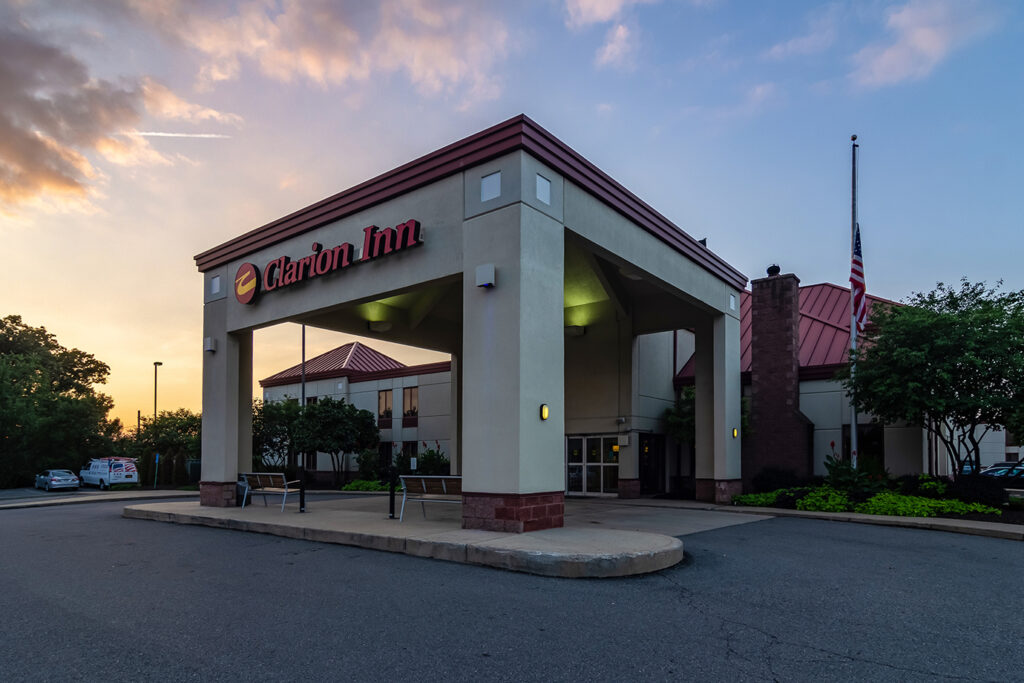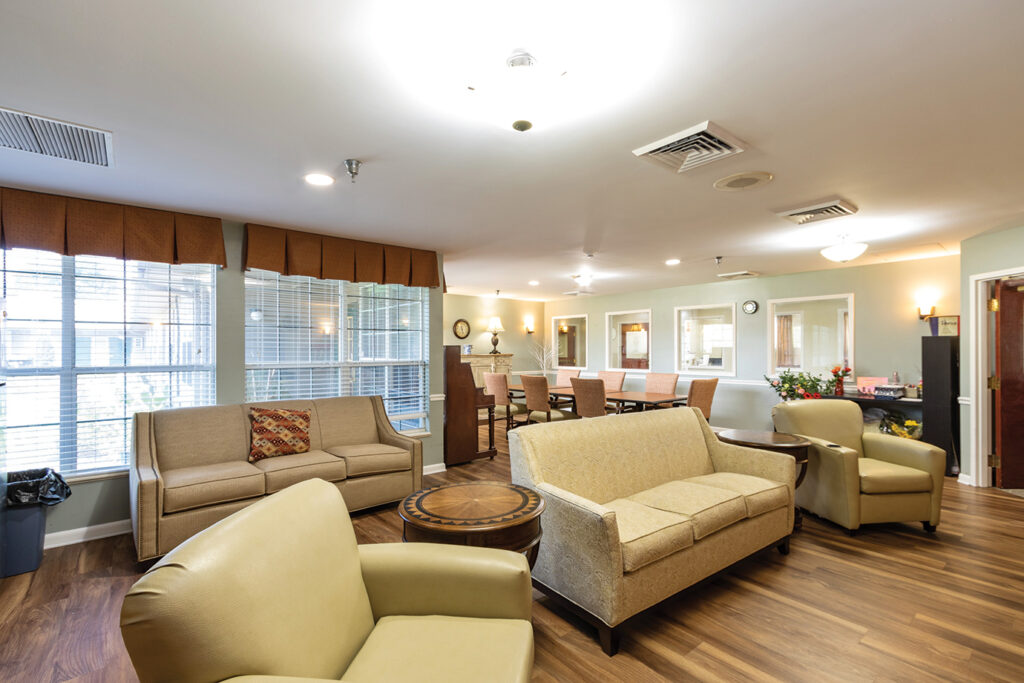As a strategic partner, Hamister Group creates income-generating opportunities through forward-thinking real estate investment and management.
Leveraging experience and a proactive approach, Hamister Group’s legacy speaks for itself.
48
years of experience
2300
units managed
1300
employees
Your Sophisticated Partner
Approaching Investments with Innovation
Hamister Group is a recognized leader in hospitality and real estate investments, backed by nearly five decades of experience in acquiring, developing, and managing high-value properties. Throughout the years, we have built a strategic portfolio supported by investment partners who share our dedication to excellence. Our strategy focuses on acquiring and redeveloping underperforming senior housing and hotel properties in high-growth markets, enhancing asset value through our proven expertise. With a strong track record of success, we prioritize stability and long-term value, leveraging our deep industry knowledge to navigate market shifts. Our senior housing properties are operated with an emphasis on quality of service, which creates a seamless transition into the hospitality sector. This strategic approach allows us to offer investors a unique blend of opportunities while maintaining a commitment to innovation and growth.
A History of Success
Managing Properties for Continued Excellence
We manage a diverse portfolio of senior living and hotel real estate across eight states. With over 48 years of experience in real estate investment and management, we have successfully executed numerous transactions, generating strong returns and long-term value for our investors. Our strategic approach, industry expertise, and commitment to excellence have allowed us to navigate market opportunities effectively, ensuring continued growth and success.






